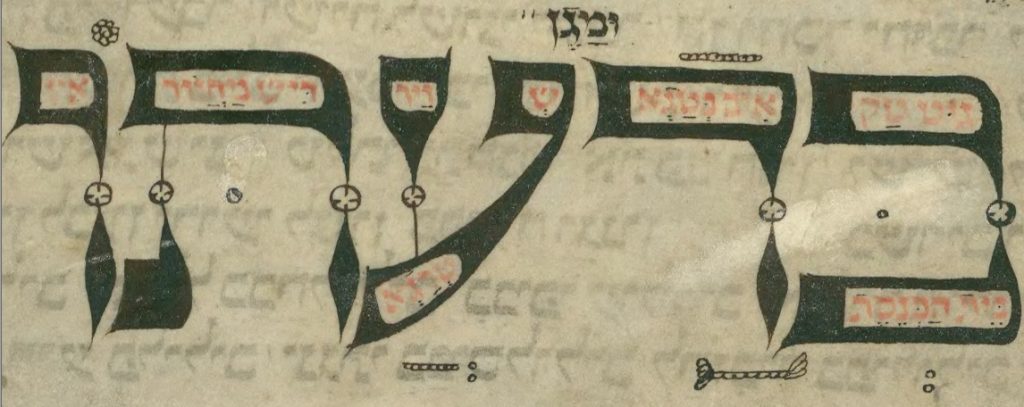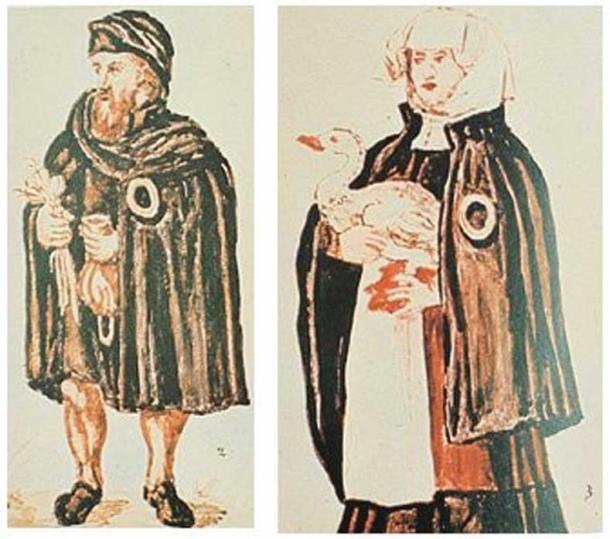Ashkenazi Jews, a prominent Jewish ethnic group, have a rich and complex history that stretches back through the annals of time. While many believe they originated solely from the indigenous tribes of Israel, a groundbreaking 2013 study published in Nature Communications has unveiled a surprising twist to their ancestry. Prepare to be amazed as we delve into the lesser-known origins of Ashkenazi Jews.
Tracing the Matrilineal Line
Historically, it was widely accepted that Ashkenazi Jews first arrived in central Europe after the Byzantine–Sasanian War of 602–628. It was believed that their presence in Germany began during the Medieval period. However, this study challenges these preconceptions by revealing that the matrilineal lineage of Ashkenazi Jews has European roots.
Ashkenazi Jews: The European Connection

Ashkenazi Jews, the term used to describe this remarkable group, established religiously-based communities across Central and Eastern Europe over the centuries. Notably, they are renowned for their use of Yiddish, a High German language written in the Hebrew alphabet and influenced by classical Hebrew and Aramaic.
The Surprising Genetic Homogeneity

In 2006, a pivotal study declared Ashkenazi Jews a clear, homogeneous genetic subgroup, irrespective of their ancestors’ origins in Poland, Russia, Hungary, Lithuania, or other historical Jewish hubs. The unity of this group is intriguing, and the answer is surprisingly simple – they maintained reproductive isolation for nearly a millennium, refraining from intermingling with outsiders, even with other Jewish communities.
Unveiling the Paternal Lineage

Previous studies had indicated that a significant portion of Ashkenazi Jews’ DNA from the paternal lineage could be traced back to the Near East, reinforcing the belief in a historical connection to Israel and the surrounding regions. However, the 2013 study paints a different picture. An astonishing 80% of Ashkenazi Jews’ maternal line is of European origin. This finding suggests that, while Jewish men might have migrated into Europe from Palestine around 2,000 years ago, they predominantly wed European women.
The Role of Women in Ashkenazi Heritage
One fascinating revelation is that the bulk of European converts to Judaism during the early Diaspora years were women. This fact explains why the Ashkenazi Jews can trace their female lineage back to southern and western Europe, further solidifying their European connection.
In Conclusion
In the words of Professor Martin Richards, an archaeogeneticist at the University of Huddersfield in England and co-author of the 2013 study, “The origins of the Ashkenazim is one of the big questions that people have pursued again and again and never really come to a conclusive view.” This journey through their matrilineal lineage offers a glimpse into the complex and multifaceted heritage of Ashkenazi Jews.


